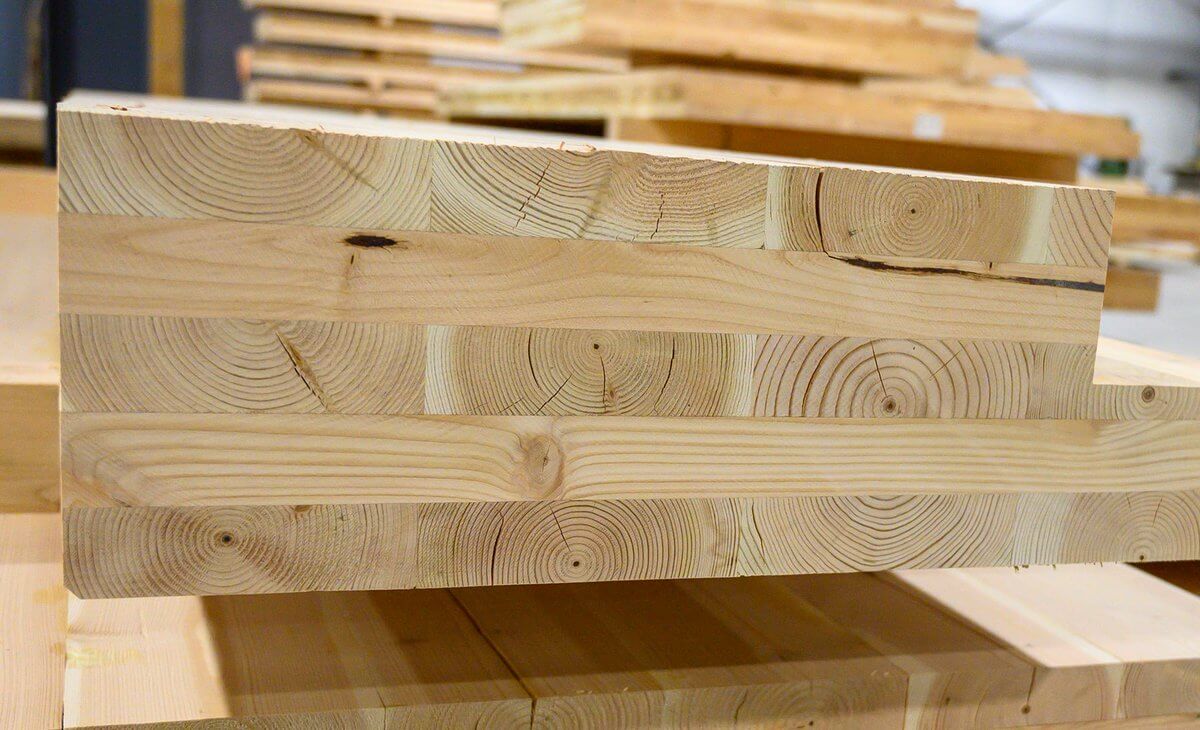
How CLT Can Reduce Construction Time and Cut Down Costs on Challenging Sites
IS CLT CAN REDUCE CONSTRUCTION TIME?
As this series continues to exemplify, Cross Laminated Timber (CLT) is transforming design and construction industries. CLT has, like concrete, pushed the envelope of our built environment. In conjunction with Building Information Modeling (BIM), CLT has offered opportunities for a leaner and more efficient construction and design process.
If the previous articles on Cross Laminated Timber (CLT) have yet to convince you of its advantages, here we’ll explore more of its benefits. In particular, we’re focusing on CLT and its applications on challenging sites.
As architects, we know that more often than not, sites that come our way are not always flat, square plots. Here at Vellum, we’ve worked with some of the most challenging sites – from the steep slopes of a mountainous ravine to tight and oddly shaped properties. We believe that these difficult site conditions present the opportunity for the most interesting design projects.
These challenges push us to seek innovative solutions to a range of design constraints. We have previously covered how CLT and BIM complement each other as they both aim to improve productivity, accuracy and efficiency. CLT’s precise manufacturing lends itself well to modular construction. Since CLT is manufactured wood, it can easily be configured to fit the requirements of a project. However, the benefits of its precision does not stop at BIM. Here are some reasons why CLT is a great option for very challenging sites:
1 It Can Be Used for Steep Slopes
Typically used as load-bearing parts of building frames, CLT can be cut and manufactured according to the needs of a site. In difficult conditions such as building and designing in steep slopes, it is critical to have accurate and precise materials. Doing so allows assembling on site to be quick and easy, which would mean less dramatic errors. This is especially essential in constructing on sites such as steep slopes. In addition, CLT has impressive tensile and compressive strength, rendering it a great material for carrying load. Its high weight to strength ratio, almost six times more than that of concrete, means that it is a viable material for building in steep slopes.
2 It’s Great For Tight Property Lines
In an increasingly dense urban context, limited setbacks and tight property lines present a challenging design constraint. Fortunately, the extent of the benefits of CLT’s accuracy and precision extends beyond its modular construction advantages. CLT does not only work on steep slopes, it’s also perfect for site conditions where property lines are tight and buildings are close together.
Firstly, CLT structures more easily facilitate cantilevered and suspended building forms such as portions of the structure perched on top of posts and other open support structures.
This allows for more simplified foundations and more adventurous building forms. A highly versatile material, CLT allows for the production of incredibly long stretches of wood. This is particularly useful in being able to create building forms that allow buildings to work around trees and other features more effectively.
Furthermore, being able to precisely produce CLT offers architects the ability to plan and locate buildings closer to property lines and create more complex forms that respond to these constraints. Lastly, tight properties can lack the space required for material staging. CLT can respond to this challenge as it is produced off-site, eliminating the need for large areas for material storage and staging.
3 It Does Not Require Large Areas For Material Storage and Staging
As mentioned, part of the complexity of building construction is logistics. In a traditional build, materials are assembled and stored in a space called a staging area. A construction staging area is typically a temporary location where equipment such as trucks and materials such as stockpiles are stored during a build. Manufactured off-site, CLT are already prefabricated when delivered to the job site. As such, it follows a kit of parts assembly process which eliminates construction waste and lead times.
4 It Allows For Reduced Foundations and Site Disturbance
Outright, the cost of CLT might seem higher. It’s a new material and isn’t as widely used as its counterparts. However, on top of the construction cost and labor savings, it also allows for reduced foundations which not only saves on cost, but also has a positive impact on the environment.
It weighs less than concrete or steel, requiring smaller foundations and less site impact. Additionally, in comparison to traditional wood-framed structures, it does not require continuous spread footings which also allows for minimized site disturbance and reduced cost.
5 It Performs Well in Earthquakes
Another key benefit of working with CLT in challenging sites is its seismic performance. Cross Laminated Timber (CLT) are stable and rigid and as such, its panels work well in creating an effective lateral load resisting system. Seismic testing and research have also shown that even in multi-storey applications, CLT had no residual deformation.
Working with CLT in challenging sites requires expertise and experience. While the CLT construction method can offer significant advantages, it is essential to have contractors and designers familiar with the material in order to fully reap its benefits.
At Vellum, we have been working with CLT and industry experts to ensure that we’re able to maximize CLT’s potential and deliver it to our clients.
Modern design projects require new ways of thinking about how we envision and construct our buildings. At Vellum, we explore the future of design, today! See on Instagram




